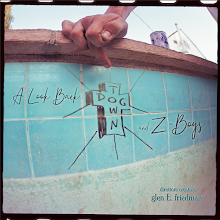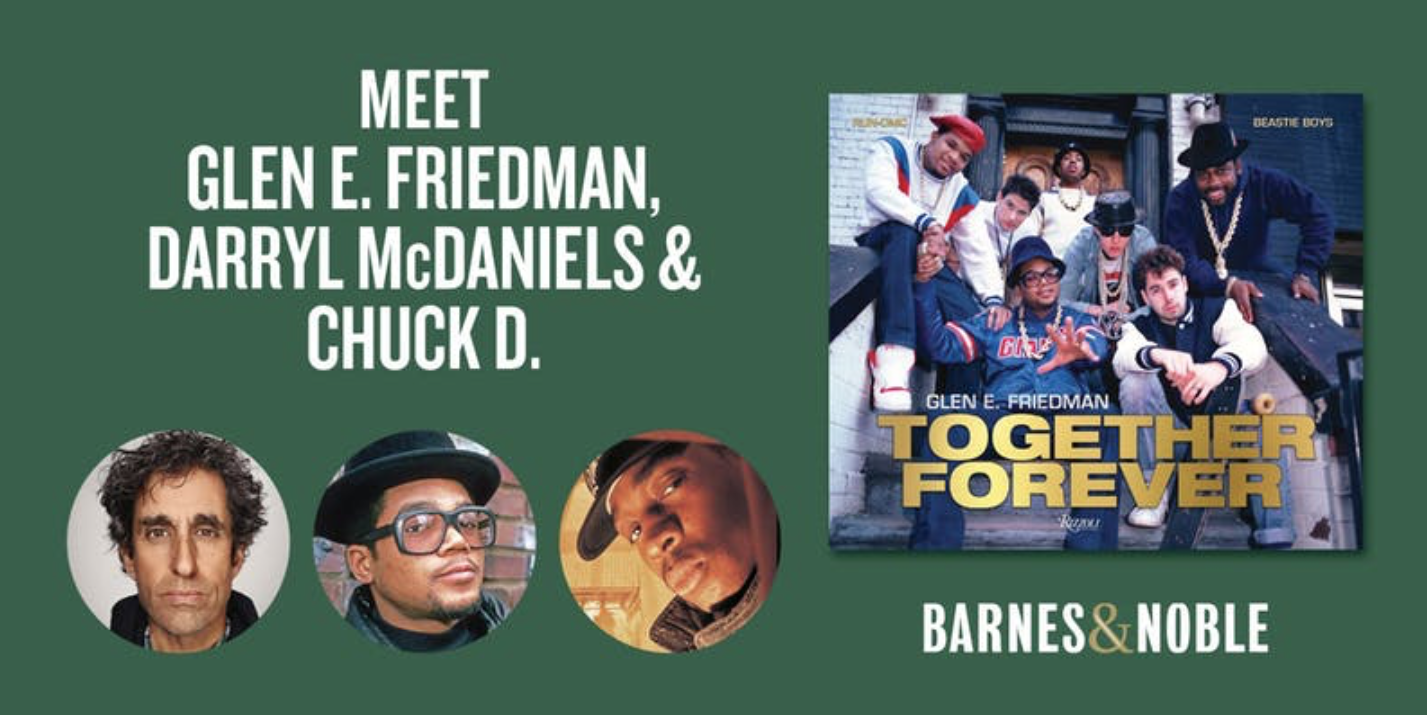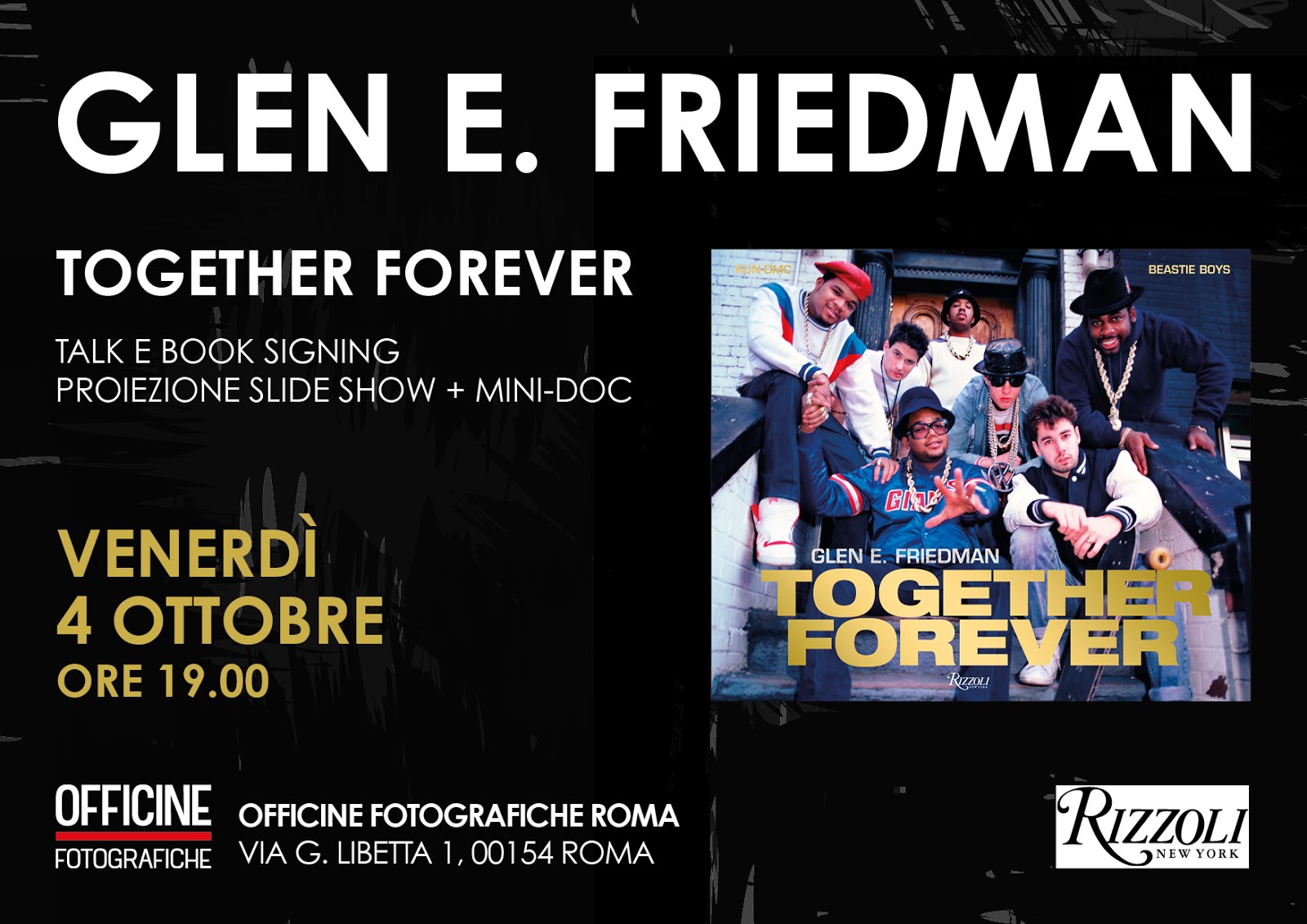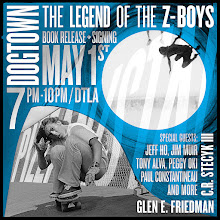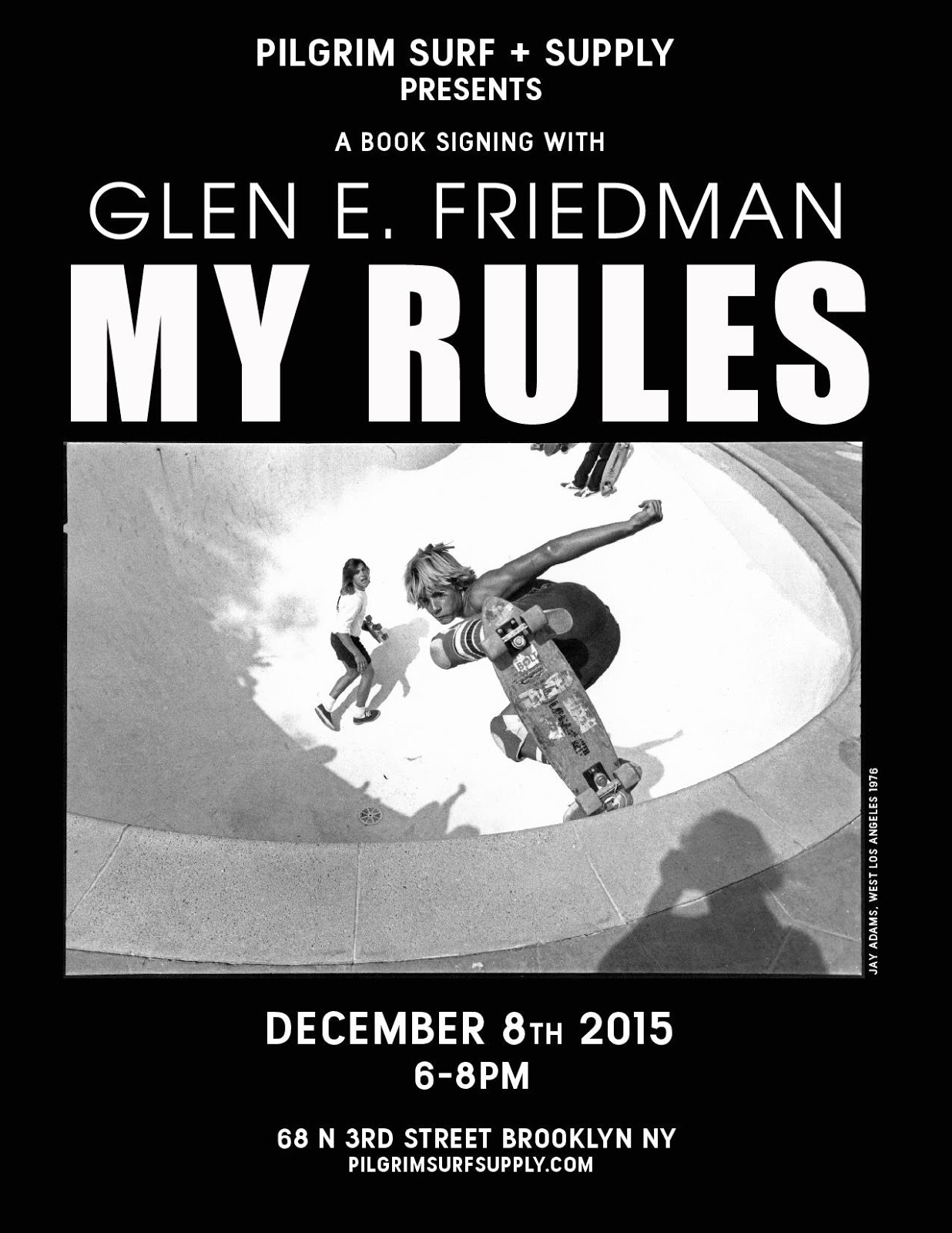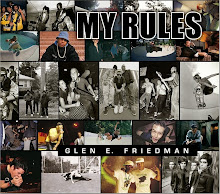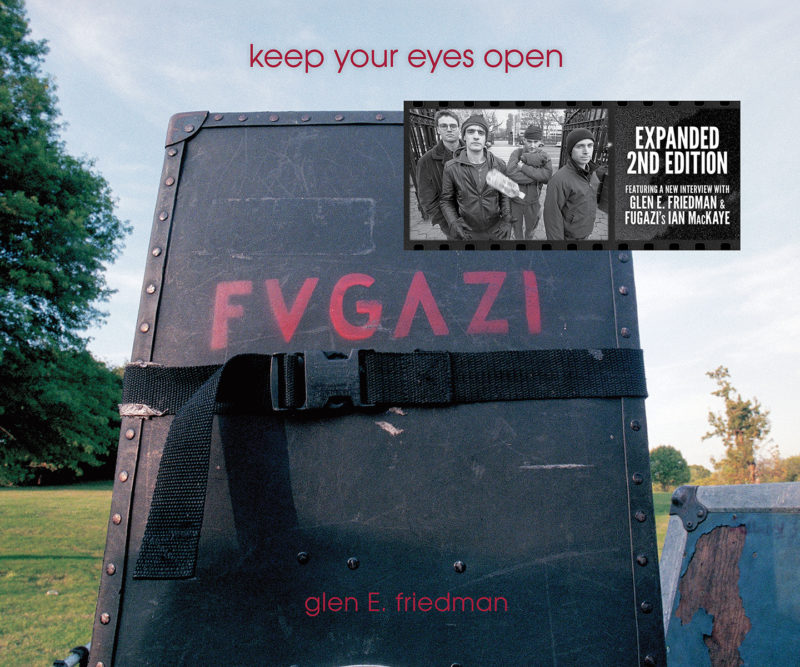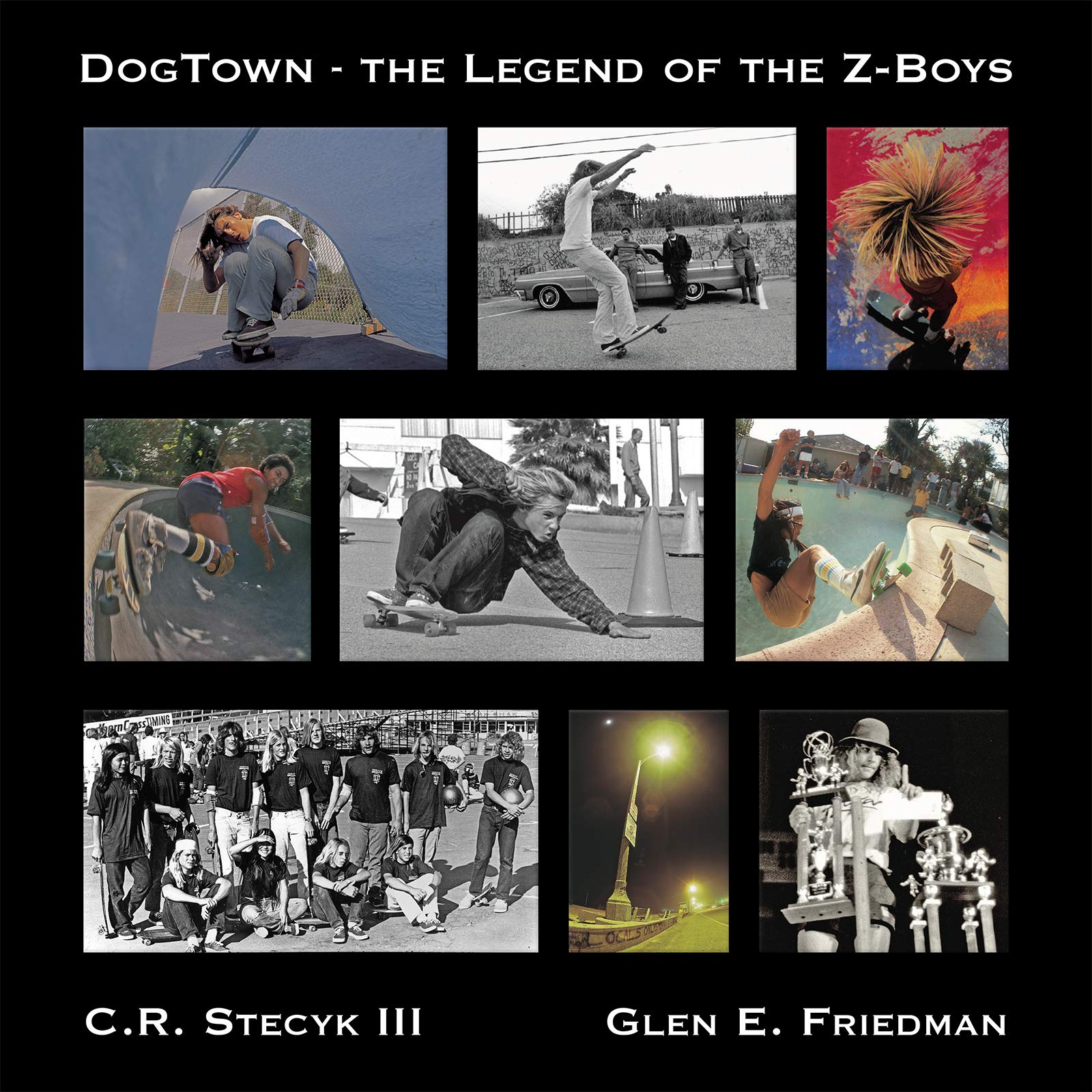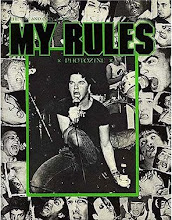Back in the early 80's there was a young lady who came out in response to UTFO's Roxanne, Roxanne - several people tried in fact, but there was only one Roxanne Shanté, she killed it, and for the next few years she was a woman to reckon with, considered by many from the era to be THE female rapper with the best skills. Well time went on and she got swallowed up and spit out like the rest... A few years ago or more I ran into her on the street with a friend who knew her, she told us what she had been up to and we were blown away, now revealed in the New York Daily News, more of the incredible story:
Rapper behind 'Roxanne's Revenge' gets Warner Music to pay for Ph.D
Roxanne's revenge was sweet indeed.
Twenty-five years after the first queen of hip-hop was stiffed on her royalty checks, Dr. Roxanne Shante boasts an Ivy League Ph.D. - financed by a forgotten clause in her first record deal.
"This is a story that needs to be told," Shante said. "I'm an example that you can be a teenage mom, come from the projects, and be raised by a single parent, and you can still come out of it a doctor."
Her prognosis wasn't as bright in the years after the '80s icon scored a smash hit at age 14: "Roxanne's Revenge," a razor-tongued response to rap group UTFO's mega-hit "Roxanne, Roxanne."
The 1984 single sold 250,000 copies in New York City alone, making Shante (born Lolita Gooden) hip hop's first female celebrity.
She blazed a trail followed by Lil' Kim, Salt-N-Pepa and Queen Latifah - although Shante didn't share their success.
After two albums, Shante said, she was disillusioned by the sleazy music industry and swindled by her record company. The teen mother, living in the Queensbridge Houses, recalled how her life was shattered.
"Everybody was cheating with the contracts, stealing and telling lies," she said. "And to find out that I was just a commodity was heartbreaking."
But Shante, then 19, remembered a clause in her Warner Music recording contract: The company would fund her education for life.
She eventually cashed in, earning a Ph.D. in psychology from Cornell to the tune of $217,000 - all covered by the label. But getting Warner Music to cough up the dough was a battle.
"They kept stumbling over their words, and they didn't have an exact reason why they were telling me no," Shante said.
She figured Warner considered the clause a throwaway, never believing a teen mom in public housing would attend college. The company declined to comment for this story.
Shante found an arm-twisting ally in Marguerita Grecco, the dean at Marymount Manhattan College. Shante showed her the contract, and the dean let her attend classes for free while pursuing the money.
"I told Dean Grecco that either I'm going to go here or go to the streets, so I need your help," Shante recalls. "She said, 'We're going to make them pay for this.'"
Grecco submitted and resubmitted the bills to the label, which finally agreed to honor the contract when Shante threatened to go public with the story.
Shante earned her doctorate in 2001, and launched an unconventional therapy practice focusing on urban African-Americans - a group traditionally reluctant to seek mental health help.
"People put such a taboo on therapy, they feel it means they're going crazy," she explained. "No, it doesn't. It just means you need someone else to talk to."
Shante often incorporates hip-hop music into her sessions, encouraging her clients to unleash their inner MC and shout out exactly what's on their mind.
"They can't really let loose and enjoy life," she said. "So I just let them unlock those doors."
Shante, 38, is also active in the community. She offers $5,000 college scholarships each semester to female rappers through the nonprofit Hip Hop Association.
She also dispenses advice to young women in the music business via a MySpace page.
"I call it a warning service, so their dreams don't turn into nightmares," she said.
Hip-hop mogul Russell Simmons said Shante is a shining role model for the rap community. "Dr. Shante's life is inspiring," Simmons said. "She was a go-getter who rose from the struggle and went from hustling to teaching. She is a prime example that you can do anything, and everything is possible."
"And Warner’s reaction to her great accomplishment will be to never allow that clause in a contract again, which tells you all you need to know."
(Thanks, Doug)
Update:
Heard about how rap legend Roxanne Shanté forced her label to pay for her Cornell Ph.D.? It never happened. - By Ben Sheffner - Slate Magazine.
Well she always could tell a good story, but i don't know whether to trust this guy 100% either... oh well.






















